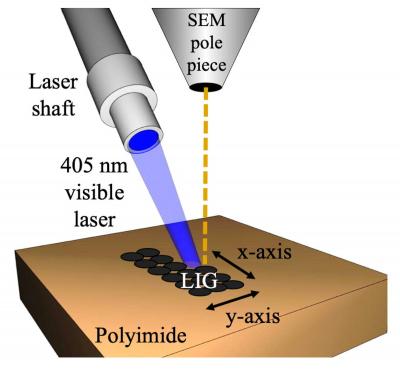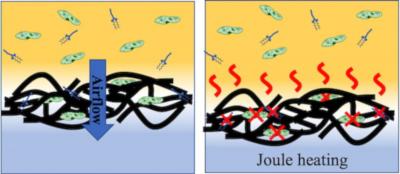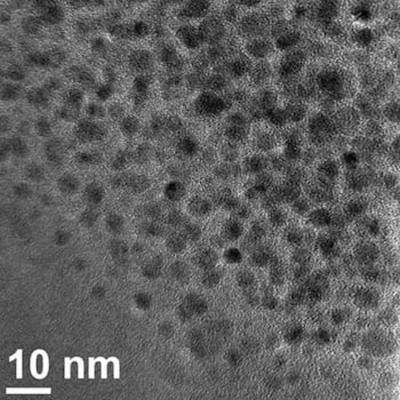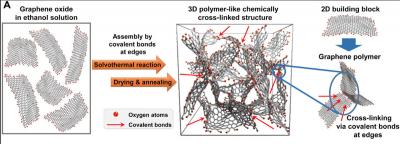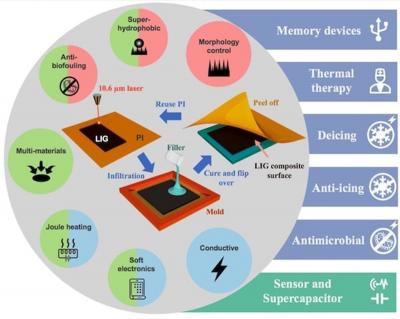How can graphene assist in the war on Coronavirus?
As researchers and companies all over the world set out to battle the Coronavirus pandemic, many are revisiting graphene as a material with potential for helping to win this fight. The reasons for such potential could be found in graphene's known antibacterial/antiviral properties, its beneficial traits for medical sensors and devices and more.
Graphene has been shown in the past as extremely useful for creating various sensors. Earlier this month, a team led by Boston College researchers used a sheet of graphene to track the electronic signals inherent in biological structures, in order to develop a platform to selectively identify deadly strains of bacteria. In October 2019, Rice University team under chemist James Tour transformed their laser-induced graphene (LIG) into self-sterilizing filters that grab pathogens out of the air and kill them with small pulses of electricity. Commercially sold graphene-based sensors exist, like the graphene oxide (GO) sensor developed by the ICN2 Nanobioelectronics and Biosensors group that was added in 2016 to the list products offered by Biolin Scientific, a prestigious instrumentation company devoted to the production of analytical devices. The Q-Sense GO sensor enables interaction studies of GO with various analytes (measured substances) of interest and may open the door to various applications with interest for diagnostics, safety/security and environmental monitoring.
